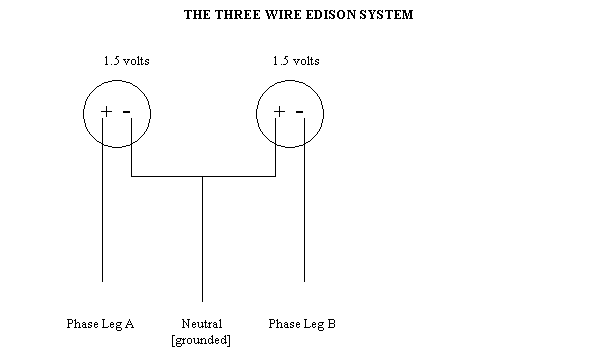Russell Ensslin
Member
- Location
- Olivehurst California
So I gather that if you shove a magnet through a coil it will induce a current in the coil. ~ Faraday.
It further reasons that instead of shoving a magnet you could just shove magnetism back and forth through the coil. ~ Tesla.
I think (speculatively surmise) that the magnetism increases and decreases (alternates) from zero to peak voltage to zero to negative peak then back to zero before beginning the next cycle. I think this is called a phase and if it could be graphed might be called a sine. ` I think.
So in order to transform one voltage into another two coils must be wrapped either end of some conductive loop with the amount of coils being reduced from the primary voltage to the secondary. My broken understanding (speculation) is that the dead center of the secondary coil would continuously be zero voltage no matter which way the current is going because it is continuously the center of the sine. I imagine this would allow returning unbalanced current back into the secondary coil.
Is that why they call they call the grounded conductor the neutral?
Please break down responses as though you were addressing a novice as I need that.
It further reasons that instead of shoving a magnet you could just shove magnetism back and forth through the coil. ~ Tesla.
I think (speculatively surmise) that the magnetism increases and decreases (alternates) from zero to peak voltage to zero to negative peak then back to zero before beginning the next cycle. I think this is called a phase and if it could be graphed might be called a sine. ` I think.
So in order to transform one voltage into another two coils must be wrapped either end of some conductive loop with the amount of coils being reduced from the primary voltage to the secondary. My broken understanding (speculation) is that the dead center of the secondary coil would continuously be zero voltage no matter which way the current is going because it is continuously the center of the sine. I imagine this would allow returning unbalanced current back into the secondary coil.
Is that why they call they call the grounded conductor the neutral?
Please break down responses as though you were addressing a novice as I need that.


